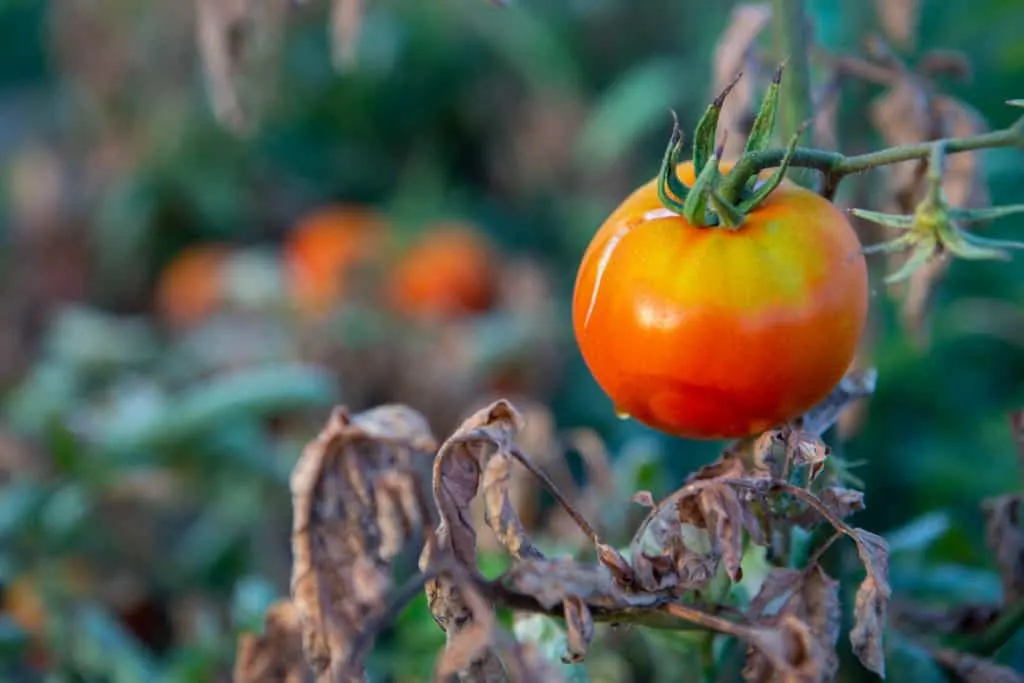
No one likes to be outdoors in the scorching sun and blistering heat during summer. While you can shelter inside away from the harsh weather on these hot days, your poor tomatoes can’t. And unfortunately, they don’t like the heat much either.
Tomatoes thrive in high sun and warm temperatures. But when the temperatures get too high, and the sun too intense, the plants begin to shut down and move into survival mode. This is not good news for your plants or your harvest at the end of the season.
There are several tips you can apply to protect your plants from extreme heat, each lessening the effects of an increase in temperatures. By implementing these measures, you can save your tomato plants, and the fruits you worked so hard to cultivate over the spring.
How Heat Affects Tomato Plants
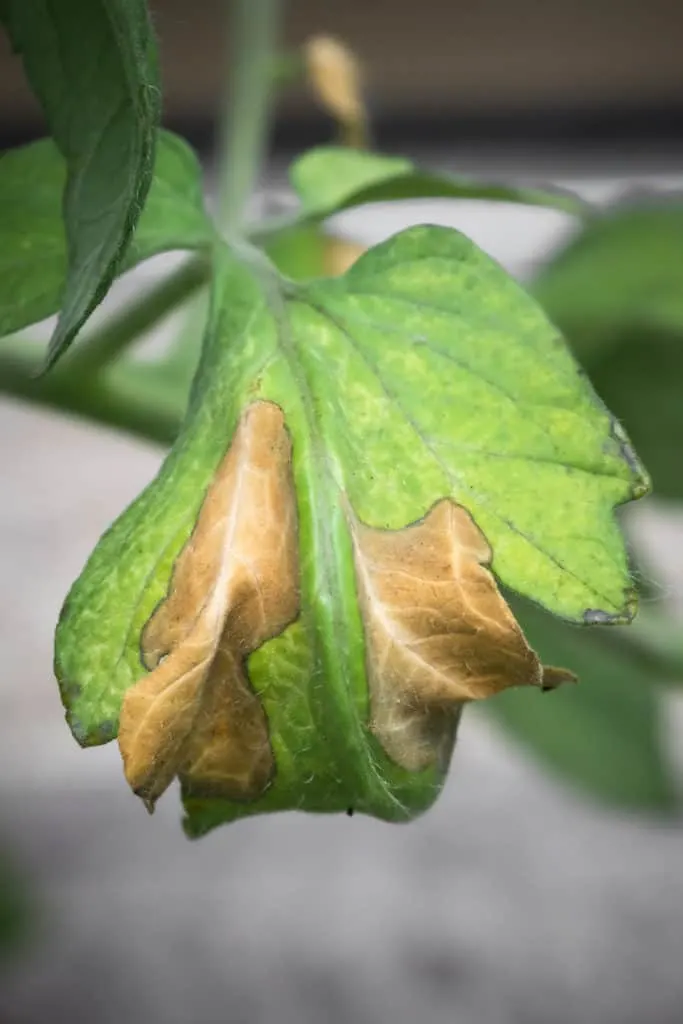
A few hours of abnormally high temperatures will have little impact on your tomato plants. The soil may dry out quicker, and the plants may droop slightly, but they will quickly recover.
However, when temperatures are consistently high – above 90F in the daytime and above 75F at night – tomato plants face severe stress.
This stress may not be fatal to your plants, but it will stop them from producing fruit.
In unusually high temperatures, tomatoes fail to pollinate. Under prolonged heat stress, the flowers fall off, leaving you with far less fruit than your plant can produce. The plant will also put all its energy into survival, rather than producing fruit.
If the leaves begin to droop, dry out, or drop off, you will also expose what fruits you do have to sunscald. Leaves serve as much-needed protection from the sun’s intense rays – without them, the ripening fruits will discolor and may develop black mold.
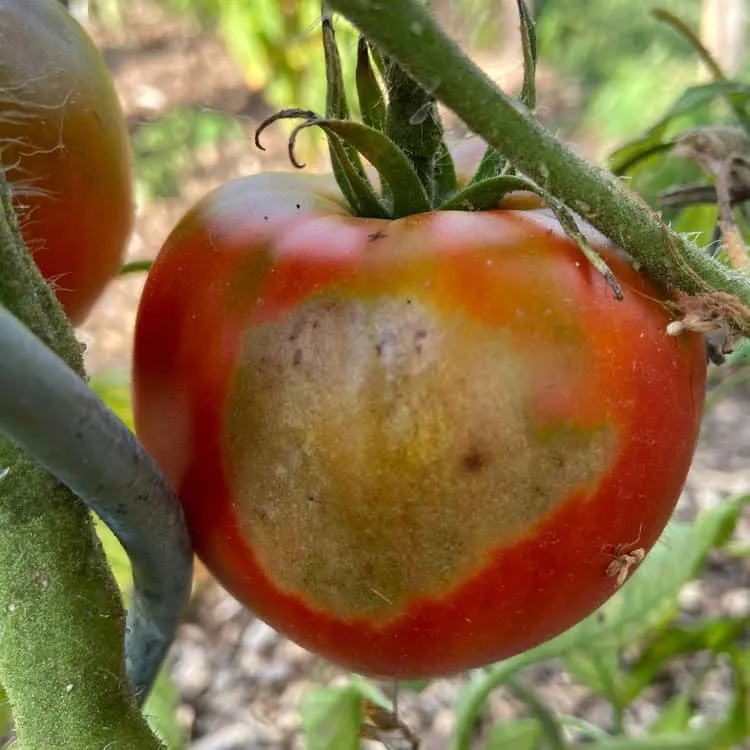
This production will only return to normal once the temperatures have lowered, which may take a while in some areas.
Ultimately, if the fruit is important to you (it is the point of growing tomatoes after all), you’ll need to limit heat damage as much as possible with these tips.
1. Choose a heat-tolerant variety

If you live in an area that frequently experiences heat waves, you may want to consider this problem long before you start planting.
There are several heat-tolerant tomato varieties that actually grow best in hotter climates. Many indicate this trait in their names – Heatmaster, Sun Pride, and Solar Fire, for example – or are described as ‘heat-set’.
Another way to beat the heat is to choose a variety that ripens earlier, before the hectic summer heat sets in. In this case, it’s best to choose an early-fruiting determinate variety. The fruit of determinate tomato varieties ripens at the same time, allowing you to harvest all your fruits before they experience any heat stress.
2. Choose location carefully
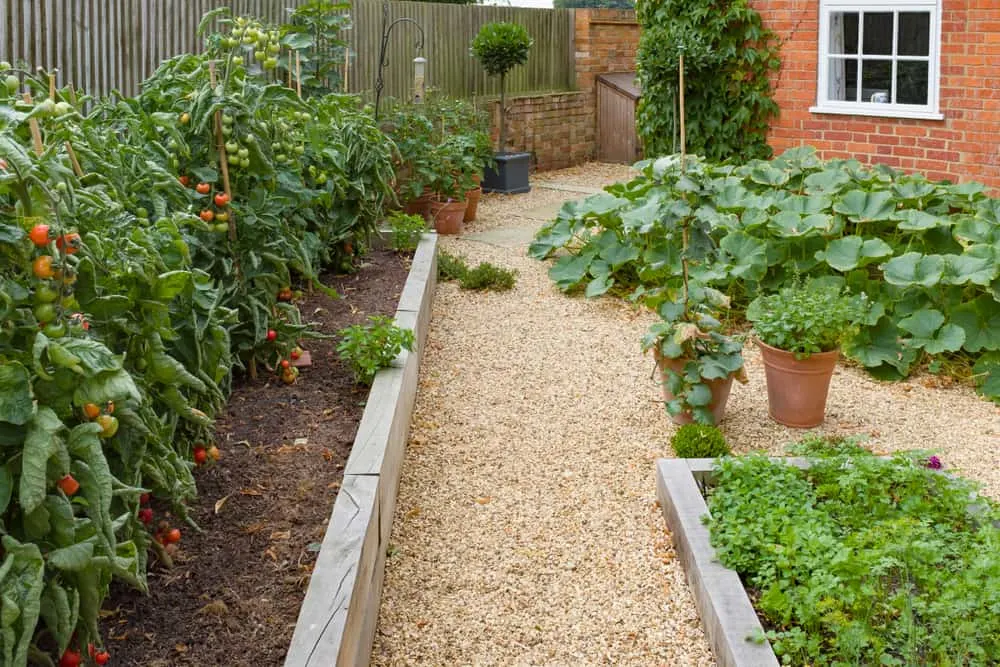
Tomato gardeners know that their plants need a lot of sunlight. The general advice is to give tomato plants as much sun as possible to produce the best fruits. However, in extreme heat, too much can turn out to be a bad thing.
In hot climates where temperatures frequently hit above 85F, a full day of sunlight will be too intense for tomato plants. As a general rule – the closer to the equator you are, the more intense your sunlight. The direction of the sun also matters. South or east-facing gardens will experience a greater intensity of sunlight when compared to north or west-facing ones.
Tomato gardeners that live in areas with constant high-intensity sunlight need to consider the position of their tomatoes before planting. In these instances, place the plant in a spot with full morning sunlight and dappled afternoon sunlight if possible. If those requirements don’t match any of the open spaces in your garden, you can always move onto the next option…
3. Provide shade
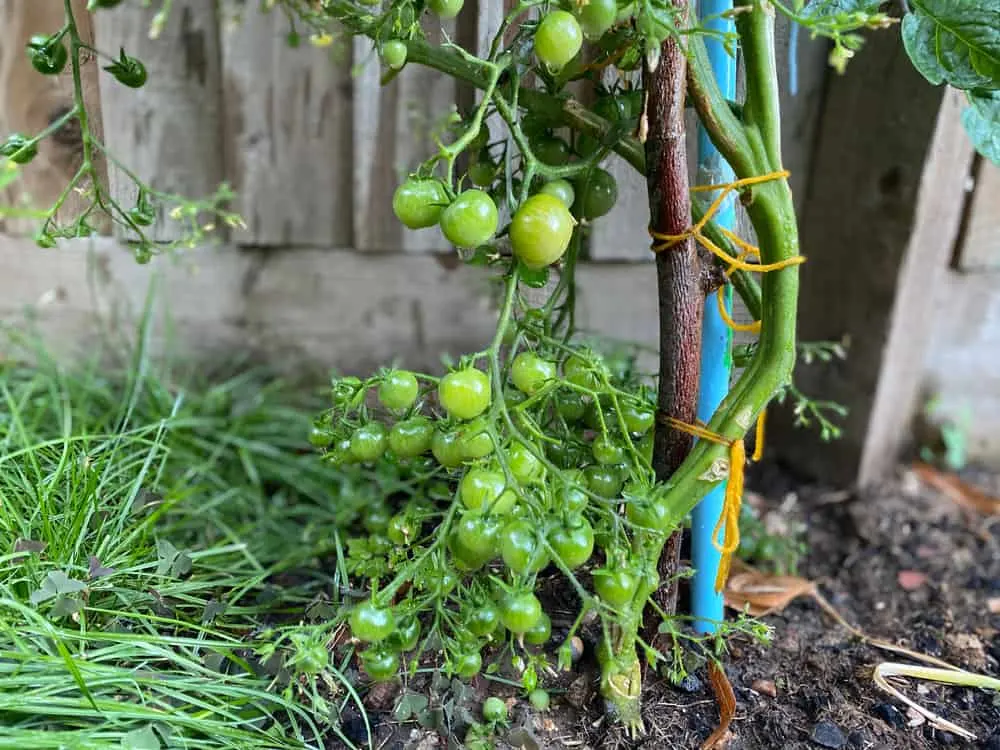
Some tomato gardeners consider shading your plants a complete no, as the reduced sunlight may lessen the yield of the plant. However, plants affected by heat stress will stop producing fruit altogether. It is an unfortunate trade-off, but one you may have to make if you want any fruit at all.
This does not mean your plants will be shaded all day or will have no access to sunlight. The key is to provide shade during the hottest parts of the day but leave the plants open to the sun in the morning and late afternoon.
Simply place a shade cloth between two supports in front or above your plants depending on their height, and you’re good to go.
Finding the right position may take some measuring and maneuvering to get right. But once you have the cloth in place, it can remain there until the hottest weather has passed.
Not all shade cloths are made equal – ensure the fabric you choose still provides enough sunlight while reducing the heat. This way you will limit any losses in yield while protecting your plants from heat damage.
4. Water wisely
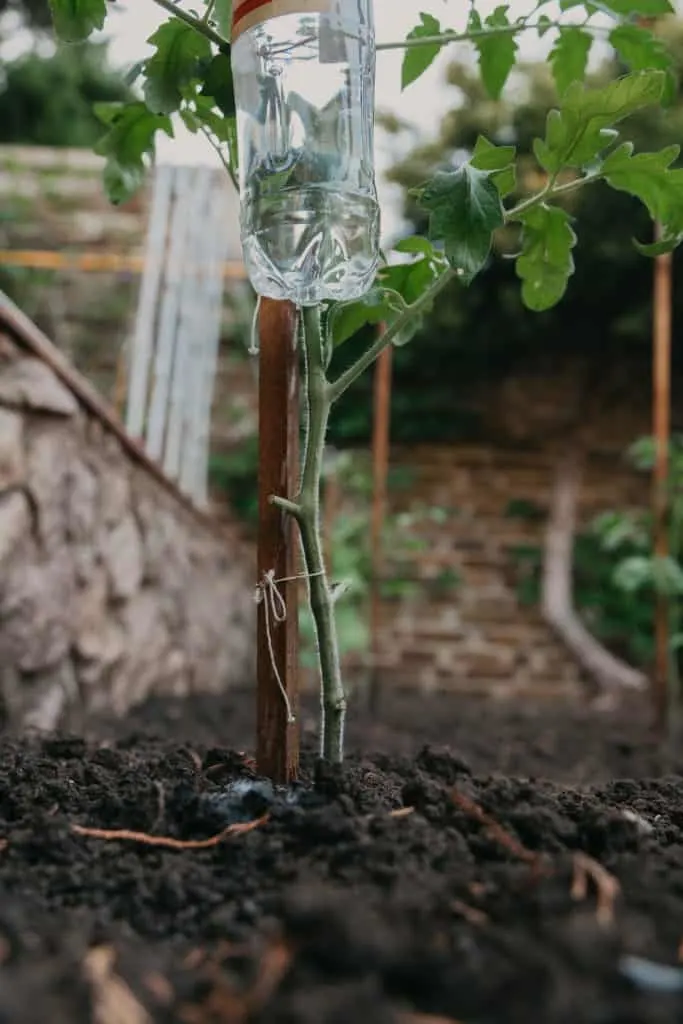
Do you know that strong desire for an ice-cold glass of water on a hot summer day? Tomato plants experience the same thing (sort of).
In hot weather, the soil dries out faster, leaving less water available to your tomato plants. If your plants are already heat-stressed, their survival instincts will also cause them to take up more water to stay healthy, depleting the supply faster. In other words, frequent watering is vital always, but especially during a heatwave.
Check the soil every day, or potentially twice a day if the extreme heat persists. The soil should be consistently watered to limit any further stress on the plants and prevent the fruits from splitting. To determine the level of moisture in the soil, complete a simple test: stick your finger in the soil. If it’s damp, no need to water. If it’s dry, water the plant slowly and deeply around the roots.
When prolonged heat spells are common in your area, it may be easier to install a drip irrigation system. You can purchase a basic system online, or make one yourself with things found around your home. This limits the time you spend watering and limits the time spent worrying about whether your plants are getting enough water.
5. Mulch, mulch, mulch
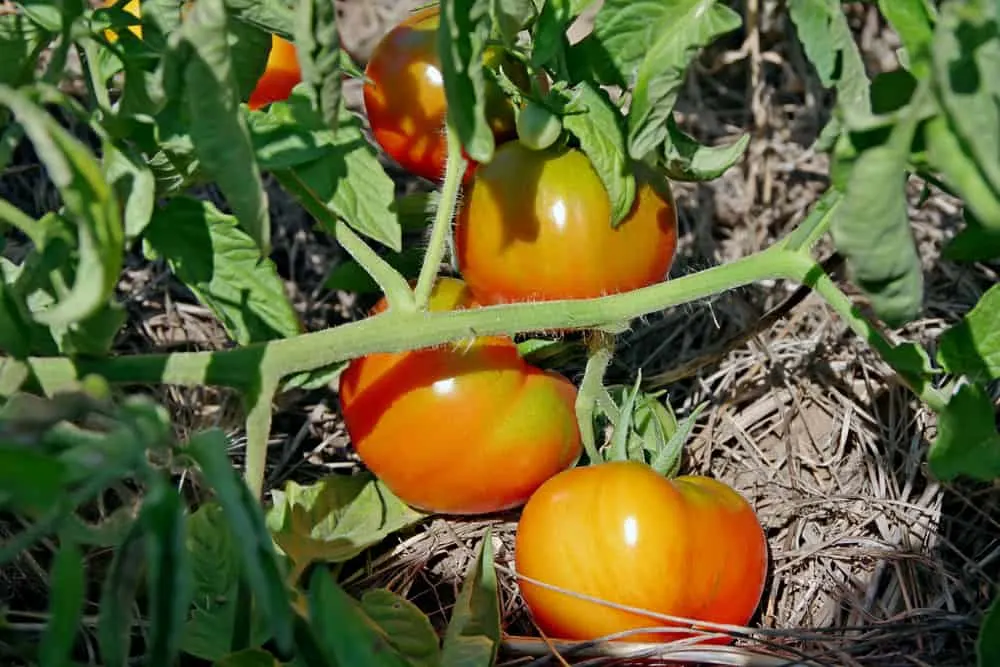
Any tomato gardening tip mentioning watering is typically followed by a tirade on mulching. But it is an absolutely necessary tirade, as watering without mulching is wasting a lot of your time.
A mere two-inch layer of mulch will keep the soil cool and prevent excess water from evaporating. This is especially important during heat waves when the water seems to evaporate faster than the roots can absorb it.
When mulching in summer, choose a material that breaks down fast (like compost). Along with all the mulching benefits, this will add some extra organic matter into your soil right when the plant needs it most, after the heat has subsided.
6. Resist the urge to fertilize
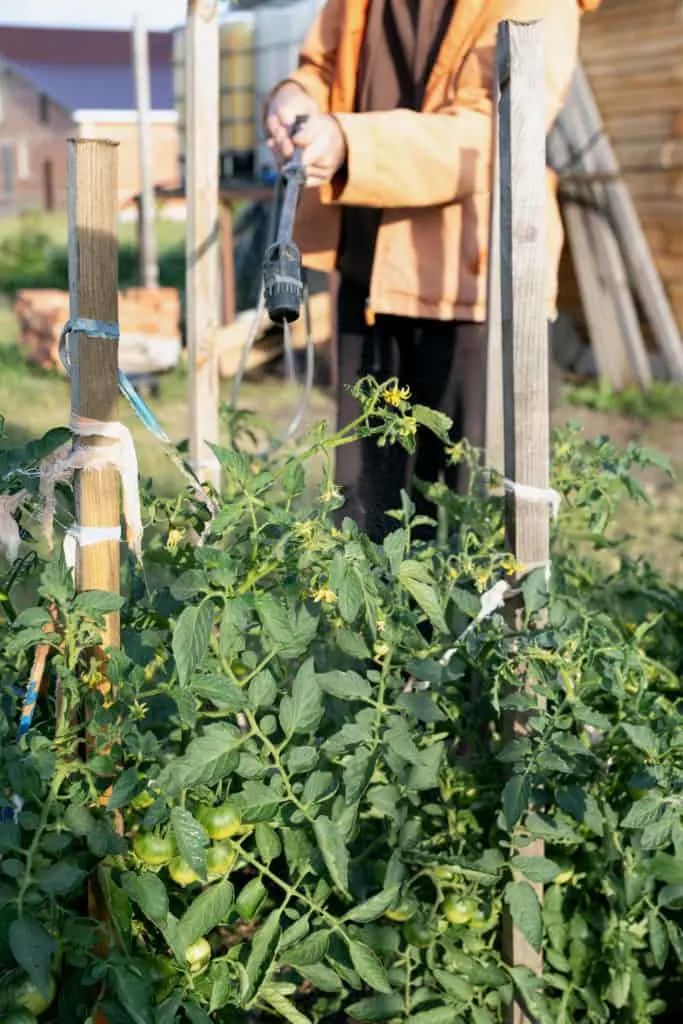
At the sign of any growing problem with tomatoes, many gardener’s first instinct is to fertilize. On paper, it makes sense. Fertilizer aids growth, so if your tomatoes aren’t growing, that must be the answer. Unfortunately, if your growth problems are caused by heat stress, a single fertilizer application will do far more harm than good.
When your plant is in survival mode and not fruiting, you don’t want to encourage any new tender growth that takes a lot of energy to produce. Fertilizer won’t fix your fruiting problems (as the flowers cannot pollinate), it will just encourage the plant to produce more leaves. This is obviously the last thing you want for a stressed plant.
If you feel your plants need a boost of fertilizer, wait until the temperatures have dropped and the heat waves subsided. At this time, your fertilizer won’t be wasted. It can get to work helping your plant produce more fruit to recover from the slowed production period.
7. Beware of pests and diseases
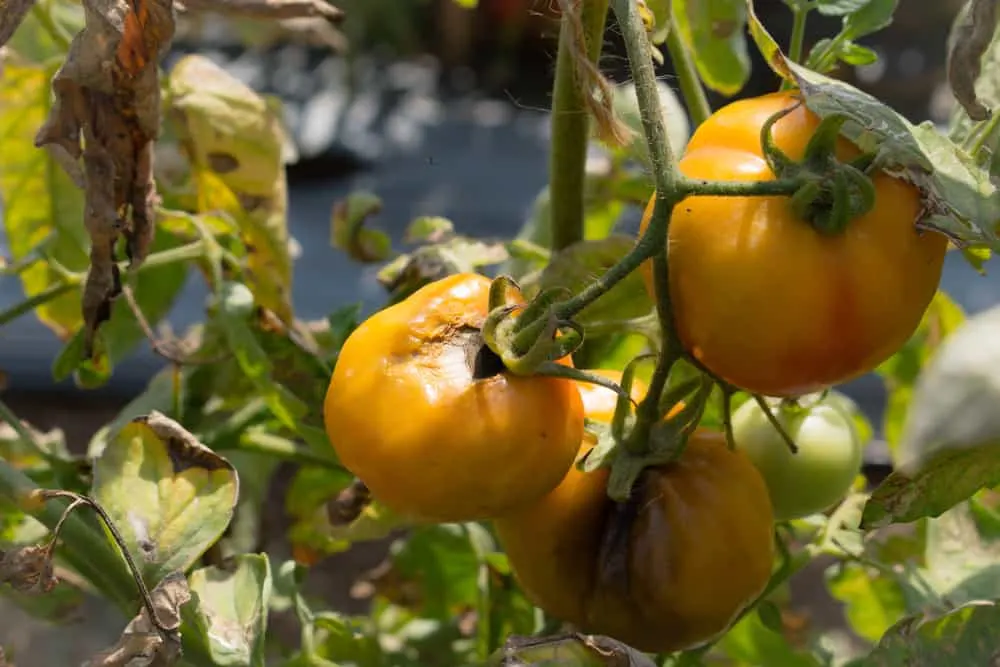
Healthy plants, like healthy people, have the ability to fend off many pests and diseases on their own. However, when the plant is heat-stressed, it loses this ability and becomes far more vulnerable to damage from outside invaders.
During heat waves, keep a closer eye on your plants for any signs of pests or diseases. If left untreated, these problems can wreak havoc on your tomato garden. It will also take the plants far longer to recover from a pest or disease problem under conditions of heat stress.
At the first sight of a pest or sign of disease, deal with the problem immediately to give your plant the best chance of survival.
8. Ripen indoors
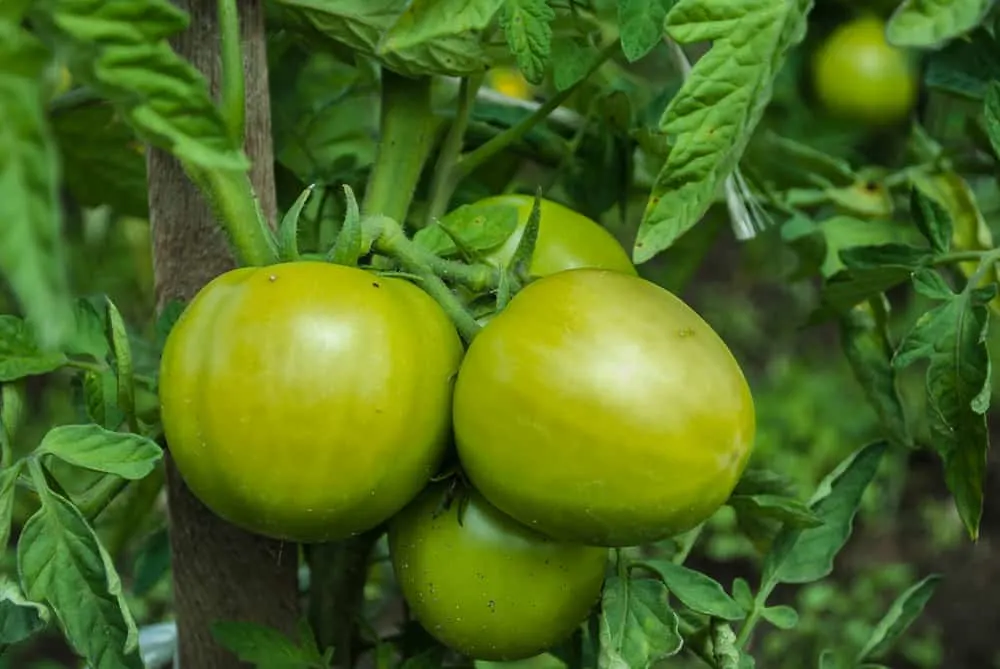
If you have left your tomato plants to fend for themselves during hot weather, you may find that the fruits refuse to ripen. This is because the tomatoes stop ripening when temperatures are consistently high. The fruits don’t produce red pigments and may remain green, or only ripen to orange.
If the tomatoes have reached their full size but aren’t changing color in high heat, remove them and leave the fruits to ripen in a warm spot indoors.
Heat is stressful for tomato plants, but you can easily help them get through it with these eight tips.
